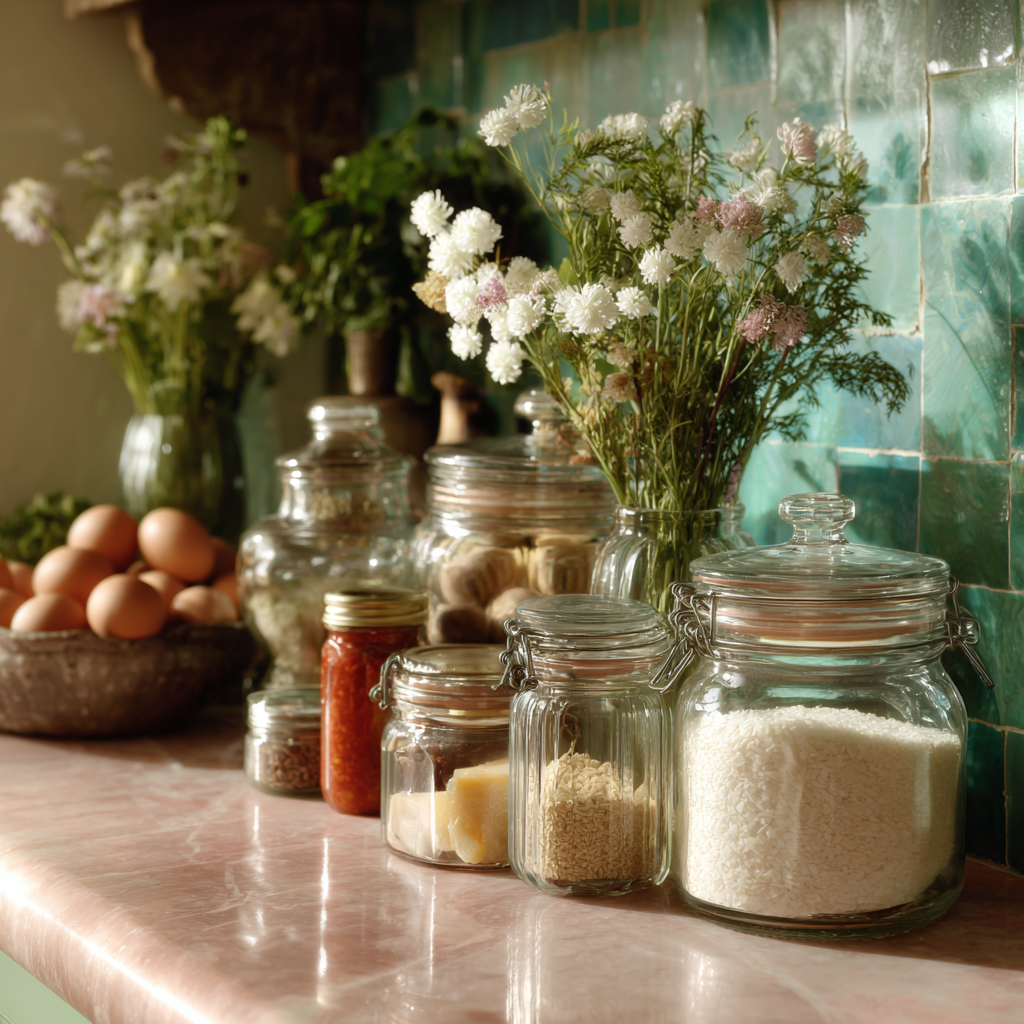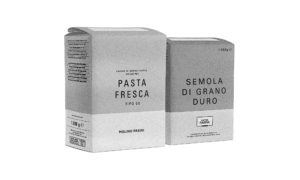Build Your Hospitality Brand
order cucina a casa
cooking classes
supper club
private celebrations
the shop
How to Stock an Italian Pantry: Essential Ingredients Every Home Cook Needs
August 4, 2025
Building an authentic Italian pantry starts with understanding the essential ingredients that form the foundation of Italian cuisine. These Italian pantry staples will transform your home cooking and help you create restaurant-quality dishes with authentic Italian flavors. From premium flours to aged cheeses, here’s your complete guide to stocking an Italian pantry like a true Italian cook.

If you have ever been to Italy, dined at an Italian restaurant, or shared a meal in an Italian home, you might have noticed that Italian cooking really focuses on the quality of ingredients rather than the complexity of the dish. It is incredible how just the right amount of exquisite ingredients can really elevate a dish!
In other words, the essence of Italian culinary art is in its simplicity, authenticity, and commitment to quality ingredients. To truly portray the Italian spirit of hospitality, one must remember: less is indeed more. In short, having a few exceptional items is far more gratifying than having a refrigerator stocked with mediocre offerings. And if you want to explore the magic of Italian cuisine, you need to learn about the Italian pantry staples.
The Exclusivity of Italian Pantry
If you have had the opportunity to explore my recipes, you may have noticed that I often incorporate common, versatile ingredients that are easily accessible, many of which you likely already have in your Italian pantry. However, you should be careful of the quality of the Italian pantry staples you choose because that makes all the difference.
More precisely, in the realm of Italian cuisine, fresh ingredients are of essential importance, and it is advisable to stick to seasonal availability. For instance, tomatoes are at their finest from June to September. So, if they are out of season, consider using canned tomatoes (San Marzano) or a bottle sauce.
Do not resort to ingredients that do not look fresh or are simply not appealing. There are always alternatives that will make your dish delightful. So, avoid ingredients that will not work in your favor.
So, what should you do?
In Italy, every town and region comes with its own distinct culinary delights, often created from the fresh ingredients that are available locally at different times of the year. You can adopt a similar approach by exploring your nearby farmer’s market, where the seasonal produce can spark your culinary creativity.
Throughout my cooking journey, I have consistently chosen fresh ingredients, and that dedication has deepened my appreciation for the exquisite flavors that Italian cuisine has to offer.
Essential Italian Pantry Staples to Keep in Stock at Home
If you want to make sure that your Italian recipes will have the taste you expect, it is crucial to stock your kitchen with a few essentials. There are several Italian pantry staples you need to have at hand when you want to experience that well-known Italian taste.

Semolina Flour: The Secret to Perfect Pasta Texture
Semolina is a healthy golden flour derived from durum wheat, giving pasta a delightful al dente texture when blended with 00 flour and eggs. Its firm consistency allows for a manageable dough that can be easily shaped, filled, and cut. Moreover, semolina efficiently absorbs excess moisture from wet dough, striking a balance that enhances the drying process.
It is especially beneficial in preventing pasta shapes from sticking to one another. So, a generous dusting of semolina before cooking ensures a seamless culinary experience. That is how you will ensure your pasta achieves that glorious flavor of Italy.

Italian 00 Flour: Why Quality Matters for Authentic Pasta
A finely ground wheat flour holds a special place in Italian cooking due to its wonderful texture and incredible versatility. Furthermore, its low protein content makes it perfect for creating soft, pliable doughs, which is why it is often the preferred choice for making pasta.
Using fine flour can really make a difference in your pasta. Namely, it gives it that wonderful silky texture that is key for high-end Italian dishes. If you want to make some excellent, authentic pasta dough, I suggest trying Molino Pasini. This is a reputable brand that produces great quality flour.
Fresh Eggs: The Foundation of Silky Pasta Dough
The freshness of your eggs heavily influences the quality of your pasta dough. I recommend using medium-sized eggs that weigh between 50 and 55 grams (around 2 ounces). In the case of your eggs being lighter than this, it is wise to add your flour gradually. This way, you can achieve the right consistency and remove any excess, as insufficient moisture can result in a dry dough.
On the other hand, if you are using larger eggs, your mixture might end up a bit wetter. So, it is a good idea to tweak the amount of flour to keep everything balanced.
The optimal ratio of flour to egg is 2:1, meaning you will need 100 grams (or about 3½ ounces) of flour for every medium egg that weighs around 50 grams (roughly 2 ounces). If you can get your hands on some free-range eggs with those rich, golden yolks, go for it! They really add a wonderful silkiness to the dough and make for a beautifully golden result.
Olive Oil
Another thing you need to take into account when it comes to pantry staples is the oil you use for cooking. One should undoubtedly prioritize extra virgin olive oil, the jewel of Mediterranean cuisine.
This versatile ingredient is perfect for dipping warm bread, enhancing salads with a delicate drizzle, or incorporating into various culinary preparations. In addition, it is essential to keep a fine balsamic vinegar readily available, as it contributes the perfect touch of acidity and richness to elevate your dishes.
Herbs and Spices
Italian pantry staples need to include spices. Namely, you cannot taste the premium flavors of Italy if you do not incorporate spices in the dishes you create.
For instance, a staple in Southern Italian cuisine, peperoncino, or hot pepper flakes, is integral to many traditional dishes originating from Calabria and Sicily. Infusing meals with both flavor and heat, it is advisable to use these pepper flakes judiciously, as a modest amount can significantly enhance a dish.
Moreover, you should not forget about nutmeg. Often used in potato dishes or as a delightful addition to fillings for tortellini or ravioli, nutmeg imparts a warm, nutty essence commonly sought in Italian culinary creations.
In addition, though classified as an herb rather than a spice, dry oregano is an essential component of any well-stocked pantry. Its strong flavor can transform a dish, and a small quantity suffices. For optimal flavor release, gently rub the leaves between your fingers before incorporating them into your recipe.
Other essential herbs an Italian cuisine requires are basil, parsley, rosemary, sage, dried bay leaves, and thyme. These are all amazing when it come to enhancing dish flavors.
Other Italian Pantry Staples
When it comes to stocking a well-rounded pantry, several essential ingredients should not be overlooked. These items are key to a variety of dishes and can elevate your cooking. Ensuring you have these staples on hand will set you up for culinary success.

- Arborio rice
- Polenta
- Dried pasta
- San Marzano canned tomatoes
- Tomato paste
- Passata (tomato purée)
- Garlic
- Shallots
- Parmigiano-Reggiano cheese
- Pecorino cheese
- Mozzarella cheese
- Balsamic vinegar
- White wine vinegar
- Anchovies (packed in oil)
- Prosciutto or pancetta
- Dried beans and lentils
- Tuna in olive oil
Are you looking to stock your pantry with authentic Italian ingredients? This curated selection offers everything you need to bring genuine Italian flavors into your kitchen. With high-quality Italian pantry staples included, you will be prepared for any culinary adventure. Treat yourself or someone special to the finest ingredients that highlight the essence of Italian cuisine!
Ready to create authentic Italian dishes at home? Stock your pantry with these essential Italian ingredients and start your culinary journey. For hands-on experience with these authentic ingredients, join us at Piccola Cucina for our pasta-making workshops in beautiful Mombaroccio, Italy come Spring 2026.
Founder of Piccola Cucina, Italy.
Leave a Reply Cancel reply
designed with ♥ by piccola cucina design dept
From our kitchen to your table—authentic Italian traditions, global inspiration, and the very best of Maine.
Reopening Spring 2026
2024 Piccola Cucina. All rights reserved
site policies
fAQ's
reviews
contact
shop
contact
newsletter
blog
inquire